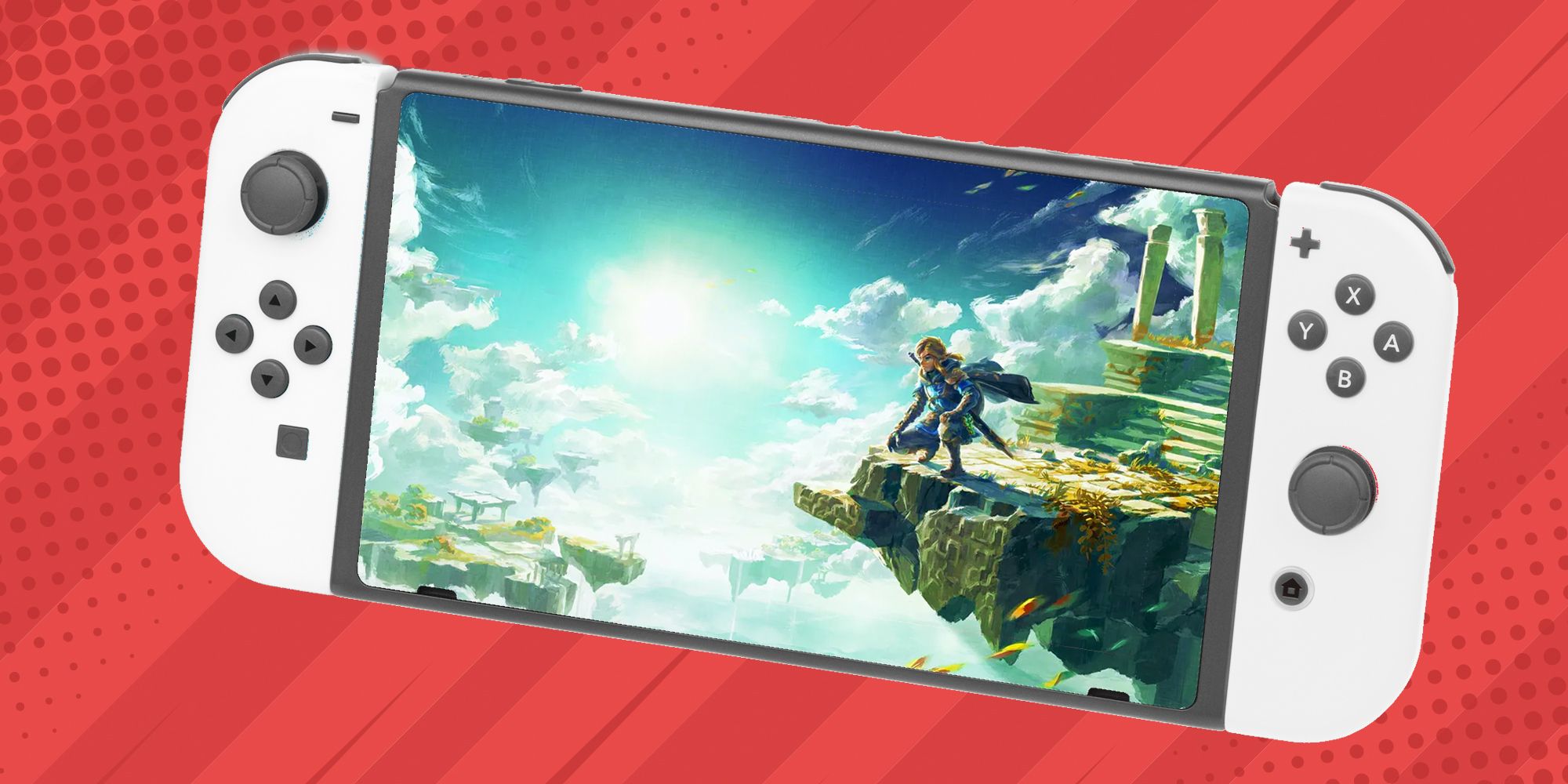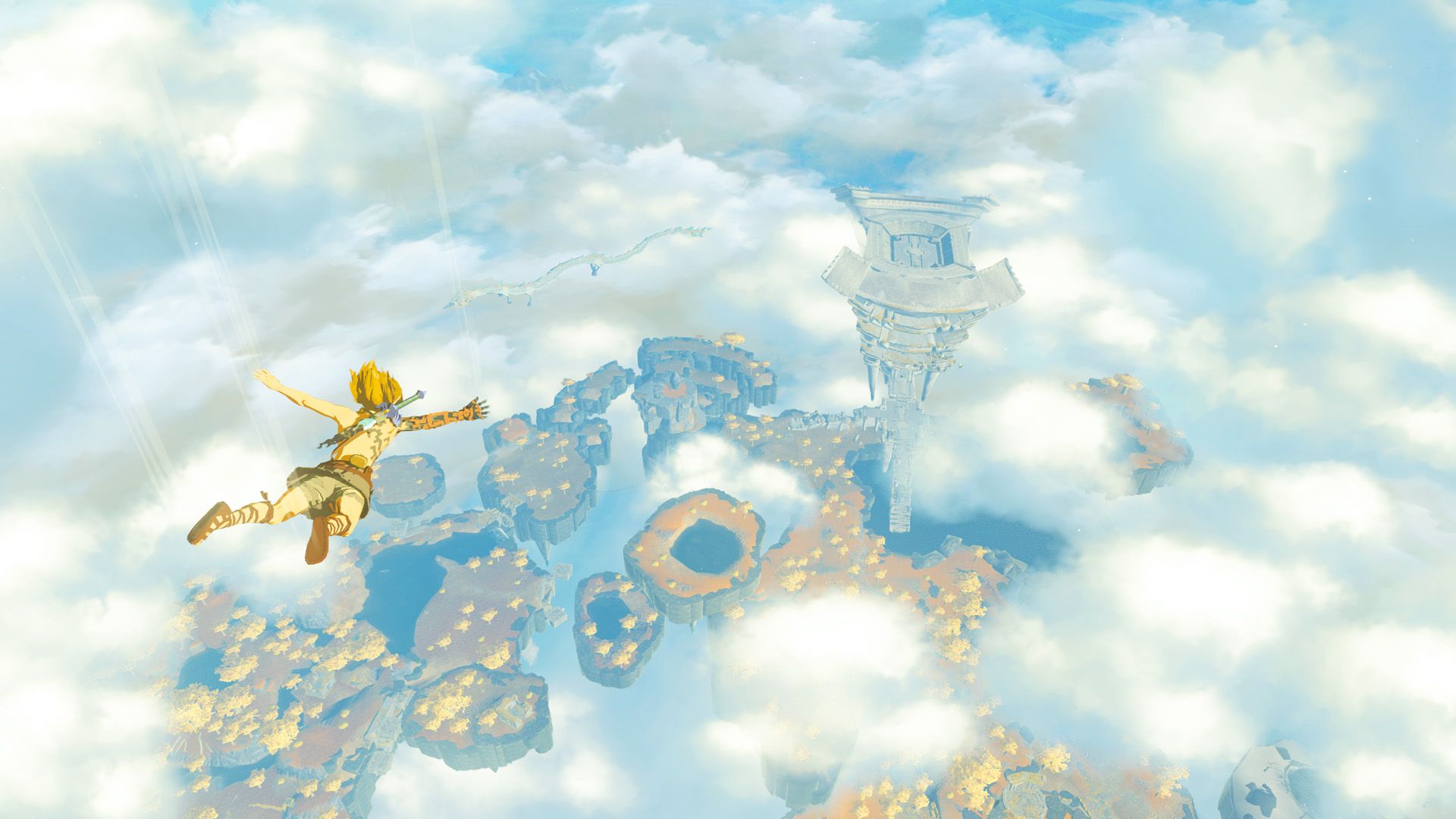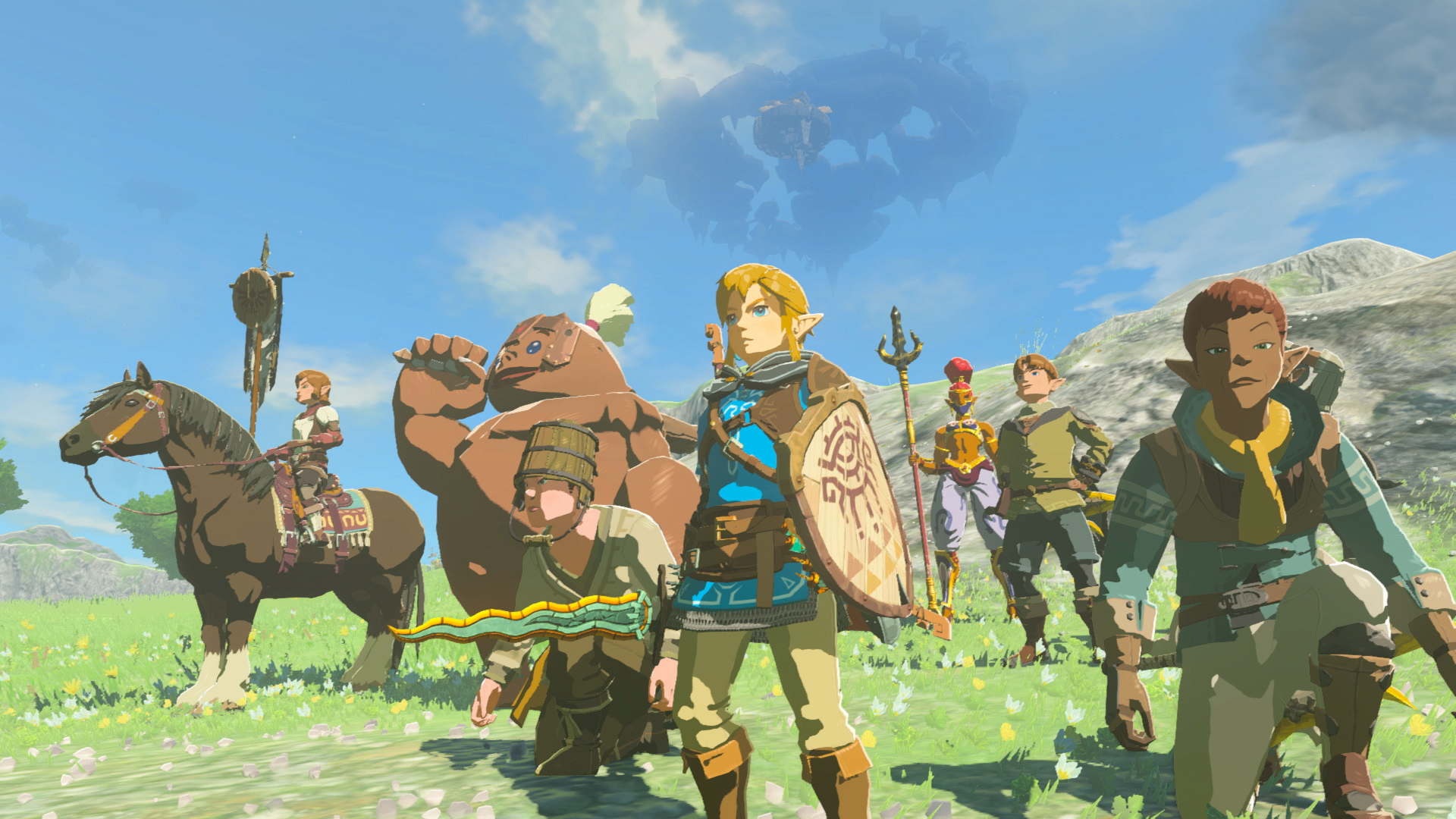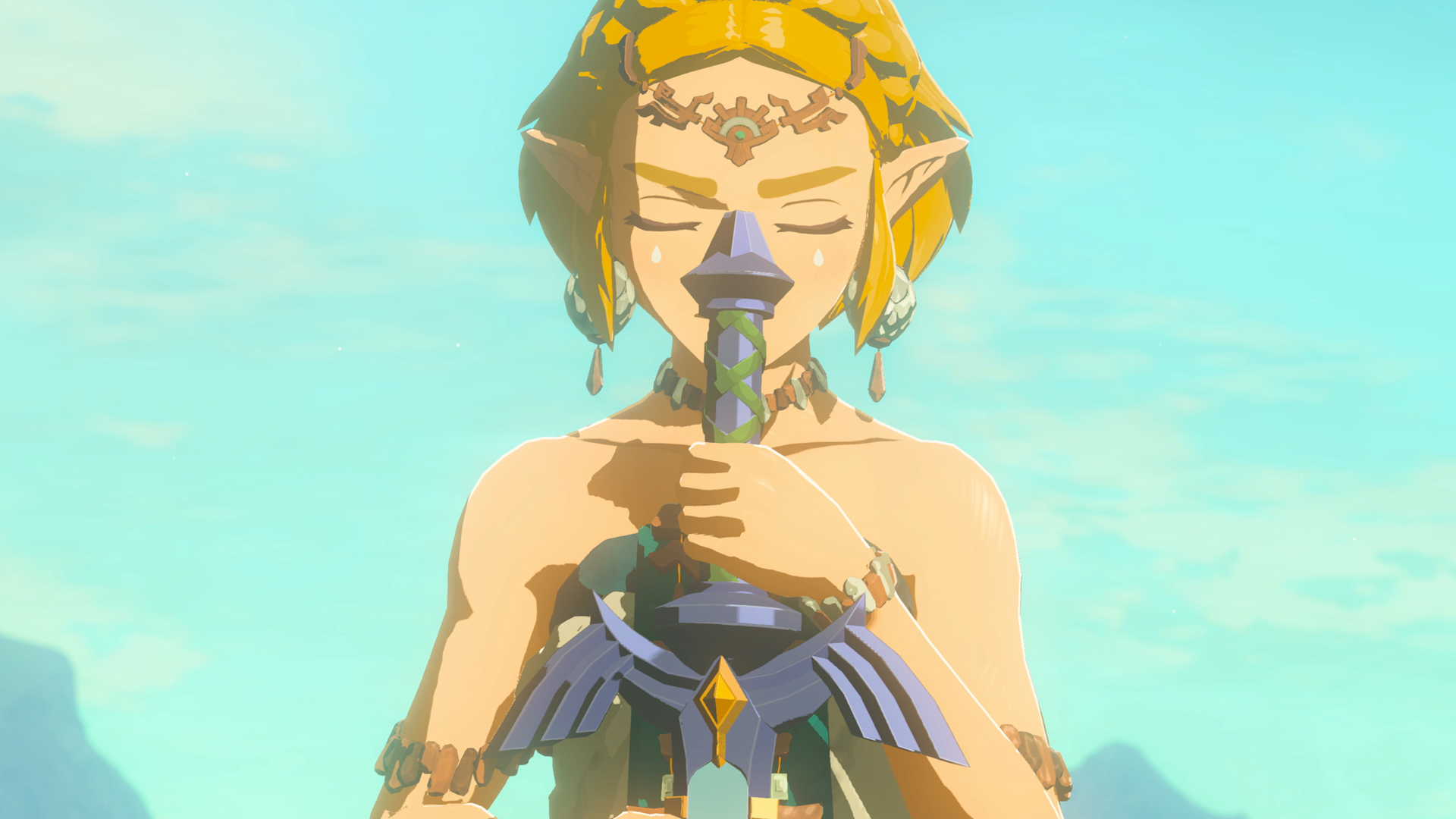The Legend of Zelda: Tears of the Kingdom pushes the Nintendo Switch further than it has any right to. Boasting one of the largest open worlds I’ve ever seen spread across a trio of distinct layers, it chugs a little bit when the going gets tough. No worse than what came before, but the fact we’re still experiencing the same performance hurdles more than half a decade later speaks to the age of this platform. It needs an update, however Tears of the Kingdom shows that it is still capable of competing with the bigger boys.
Breath of the Wild was a launch title for the Nintendo Switch and swansong for the Wii U that buckled under the weight of abundant physics and environmental effects. It was infrequent to the point that most players overlooked it, but only the most hardened fanboy would claim this game and its sequel aren’t a little rough around the edges technically. As Link waltzes along The Great Sky Island for the first time in Tears of the Kingdom, you’ll notice things take a subtle tumble when grassy plains come into view, or multiple enemies appear on-screen and start preparing for a fight.
Ultrahand is especially egregious, given it needs to not only cover the present landscape in a new shade of colour to make clear what is and isn’t interactable, but that it also allows you to move a number of objects around with an endless amount of permutations. It’s near impossible right now to gauge what players will make, or how they might try to break a game like this. They’ll succeed, and I’ve already encountered situations where my ideas were a little too grand and faltered in their execution.
Tears of the Kingdom tends to be instanced in these sessions of creativity in order to lighten the load on its systems. I was gathering a selection of logs near Lurelin Village and decided the best way to carry them was to bind them together into a big pile. I needed 15 logs, and amassed ten until I ran out of trees and needed to run up the hill opposite me to grab a few more. But when I did, the ten I collected previously vanished.
Spur of the moment creativity is the game’s whole drive, and there isn’t a reason to keep a particular invention around because they’re all made up of temporary components. This did bug me a little when I was gathering resources and suddenly had to repeat an identical task though, like I hadn’t collected them in the right way or the game decided to render them out of existence to save my framerate. Said framerate is rarely bad, and shockingly consistent when you are jumping into the sky and delving underground without a loading screen in sight.
This is likely one of the many tricks Nintendo is employing under the hood to keep things trucking, but it also speaks to limitations more powerful hardware could likely alleviate. Similar stuff happens with certain NPCs you see commuting across the open world. I’d say hello, jump ahead with my paraglider only to have them appear back into view a second time. These awkward blemishes don’t stand out because the world or game design is flawed, it’s the Switch trying to spin far too many plates which also happen to be on fire.
The art design shines through regardless, and the scope of Hyrule rivals even FromSoftware’s Elden Ring with the level of visual variety and things to do. It’s every part as impressive as games like Horizon Forbidden West or Cyberpunk 2077, making you feel as if you belong in the world Link explores. Hours fade away into the ether, while occasional performance dips and weird little foibles tarnish the illusion. During my 70+ hour playthrough I didn’t experience a single crash, but the more abilities I gained and the more I used them without compromise, the harder and harder it became to not turn my nose up at the dipping frames. Nintendo updating its console with even modestly improved specs would help alleviate most of these problems, while raising the ceiling for developers when it comes to first-party efforts and other gems.
Imagine Tears of the Kingdom on a backward compatible successor able to achieve higher resolutions and framerates, taking advantage of bespoke updates while still allowing base consoles to shine. We saw it with the PS4 Pro and Xbox One X, but aside from the OLED Nintendo has avoided this mid-generational step forward altogether. Tears, Super Mario Odyssey, Link’s Awakening, Fire Emblem: Three Houses, the list goes on. These are all fantastic games that work great on Switch, and they could be better, with each new year making it harder and harder to forgive its shortcomings when rivals like the Steam Deck emerge at similar price points to prove how far ahead things could be if only Nintendo decided to take a risk. I’d pay up, and so would countless others if we knew our current libraries came along for the ride and would only benefit after seven years of build-up.
On the flipside, Tears of the Kingdom is a visually stunning game in spite of its technical shortcomings, and will stick in my memory no matter what. That I was playing it on Switch at all eluded me after a certain point because it commands that much of a presence, so maybe I’m just spoiled by the status quo and want Nintendo to catch up already. I’d also like to enjoy Hyrule Warriors: Age of Calamity at more than 15 frames per second too, so there’s a case for both. Either way, a new Nintendo console is on the horizon, and I wish it’d hurry up.




